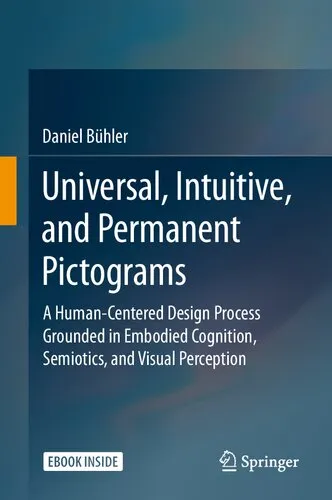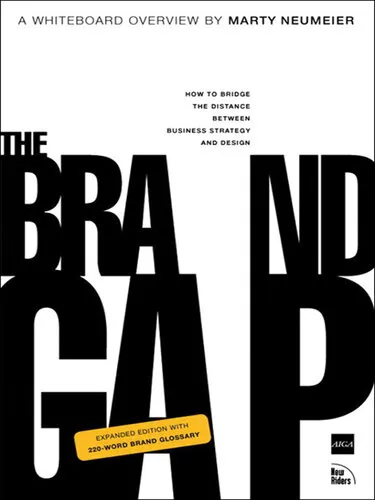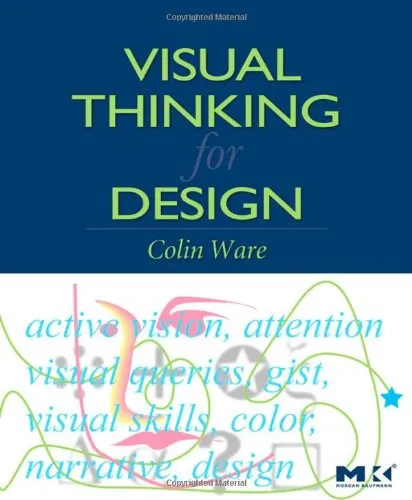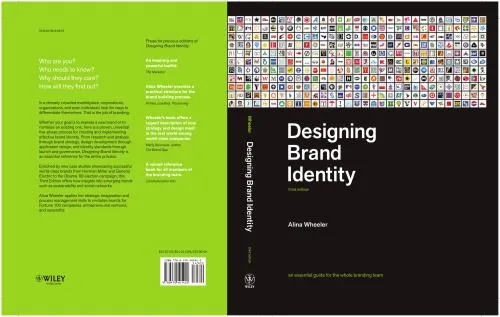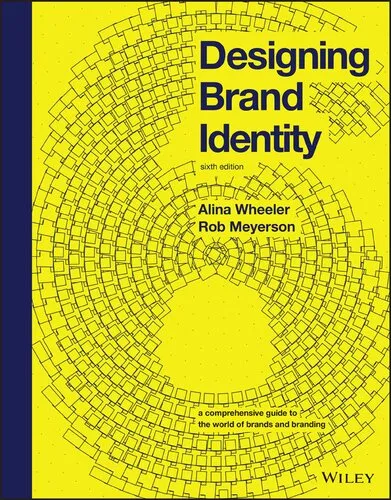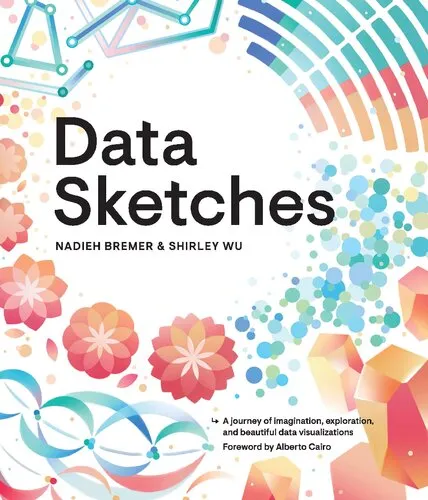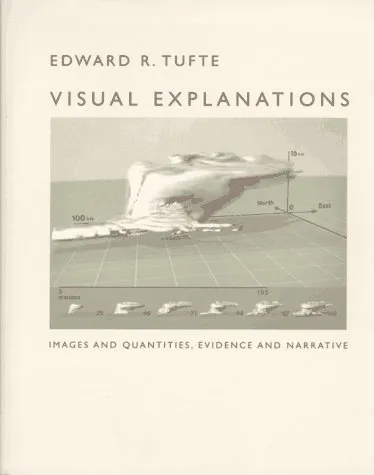Universal, Intuitive, and Permanent Pictograms: A Human-Centered Design Process Grounded in Embodied Cognition, Semiotics, and Visual Perception
4.0
Reviews from our users

You Can Ask your questions from this book's AI after Login
Each download or ask from book AI costs 2 points. To earn more free points, please visit the Points Guide Page and complete some valuable actions.Related Refrences:
Introduction
Welcome to Universal, Intuitive, and Permanent Pictograms: A Human-Centered Design Process Grounded in Embodied Cognition, Semiotics, and Visual Perception. This book serves as a comprehensive guide for anyone venturing into the intricate yet fascinating world of pictogram design. It explores the foundations of human cognition, visual communication, and cultural semiotics, offering a human-centered design process to craft pictograms that are not only universal but also intuitive and timeless. Whether you are a designer, researcher, or creative professional, this book provides the tools and insights necessary to create meaningful visual symbols that can transcend linguistic and cultural barriers.
Detailed Summary of the Book
At its core, the book delves into the intersection of design, cognitive science, and visual semiotics. The framework proposed is rooted in embodied cognition—the idea that human thought is deeply influenced by physical interaction with the world—and leverages that foundation to inform visual storytelling.
The book is divided into three major components. The first explores embodied cognition and how the human mind inherently processes visual information, enacting meaning through sensory experiences. The second focuses on semiotics, dissecting how symbols convey meaning across different cultures while addressing the challenges of universality. Finally, the third part examines perceptual psychology, emphasizing the importance of visual hierarchy, contrast, and visual simplicity in creating intuitively understandable graphics. Taken together, these components form a cohesive methodology for crafting what I term "universal, intuitive, and permanent" pictograms.
Case studies are included to illustrate real-world applications, showing how this design process can address complex communication challenges in areas like public safety, transportation, healthcare, and accessibility. Each chapter invites readers to think critically about the visual content we create and consume, challenging them to adopt a human-centered lens and embrace the principles of clarity, empathy, and cultural sensitivity in design.
Key Takeaways
- Embodied cognition as a foundation: Understand how human interactions with the world influence the perception and design of symbols.
- Cultural flexibility: Develop an appreciation of semiotics to create icons that can transcend cultural boundaries while maintaining clarity.
- Perception-based design: Learn how elements like shape, color, contrast, and visual hierarchy contribute to intuitive and immediate understanding.
- Timeless insights: Build enduring and universal pictograms that remain relevant across generations and technological transitions.
- Ethical responsibility: Acknowledge the role of designers as cultural communicators, striving for clarity and inclusivity in every visual decision.
Famous Quotes from the Book
"A truly universal pictogram is one that feels immediately familiar, like a shadow of meaning from the viewer's own mind."
"Symbols are the silent ambassadors of meaning, capable of speaking across languages without uttering a single word."
"Design is not about decoration—it is about democratizing understanding."
Why This Book Matters
In an increasingly globalized world, effective communication is both a challenge and a necessity. The ability to create visual systems that resonate across diverse audiences holds profound implications for education, safety, and accessibility. This book equips designers with the conceptual framework and practical techniques to meet these demands head-on.
Moreover, by grounding the process in cognitive science and human perception, the book emphasizes making design more inclusive and equitable. It advocates for the ethical responsibility of designers and the need to consider all user groups, including those with disabilities or differing cultural perspectives. This is not just another design book—it is a call to action for socially conscious and scientifically informed visual storytelling.
Universal, Intuitive, and Permanent Pictograms matters because it bridges the gap between theory and practice, blending academic research with real-world application to offer a unique and transformative approach to pictogram design. Whether you are tackling urban wayfinding issues or striving to make healthcare signage more accessible, this book will revolutionize how you think about visual communication.
Free Direct Download
You Can Download this book after Login
Accessing books through legal platforms and public libraries not only supports the rights of authors and publishers but also contributes to the sustainability of reading culture. Before downloading, please take a moment to consider these options.
Find this book on other platforms:
WorldCat helps you find books in libraries worldwide.
See ratings, reviews, and discussions on Goodreads.
Find and buy rare or used books on AbeBooks.
1279
بازدید4.0
امتیاز0
نظر98%
رضایتReviews:
4.0
Based on 0 users review
Questions & Answers
Ask questions about this book or help others by answering
No questions yet. Be the first to ask!
